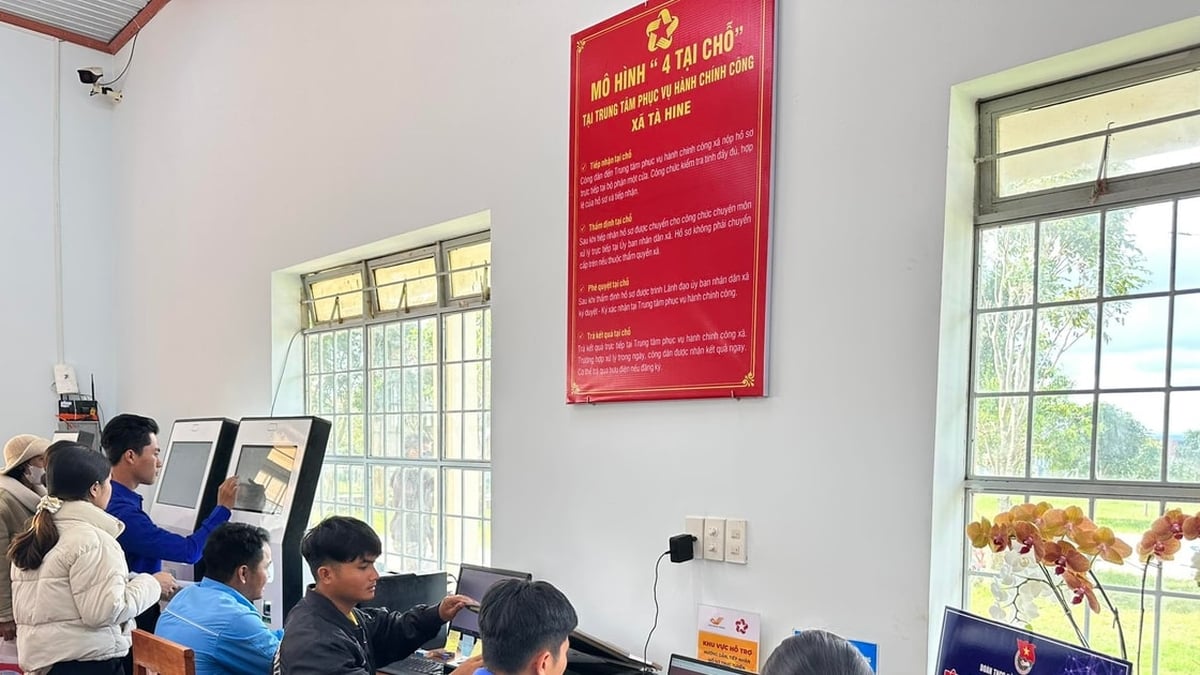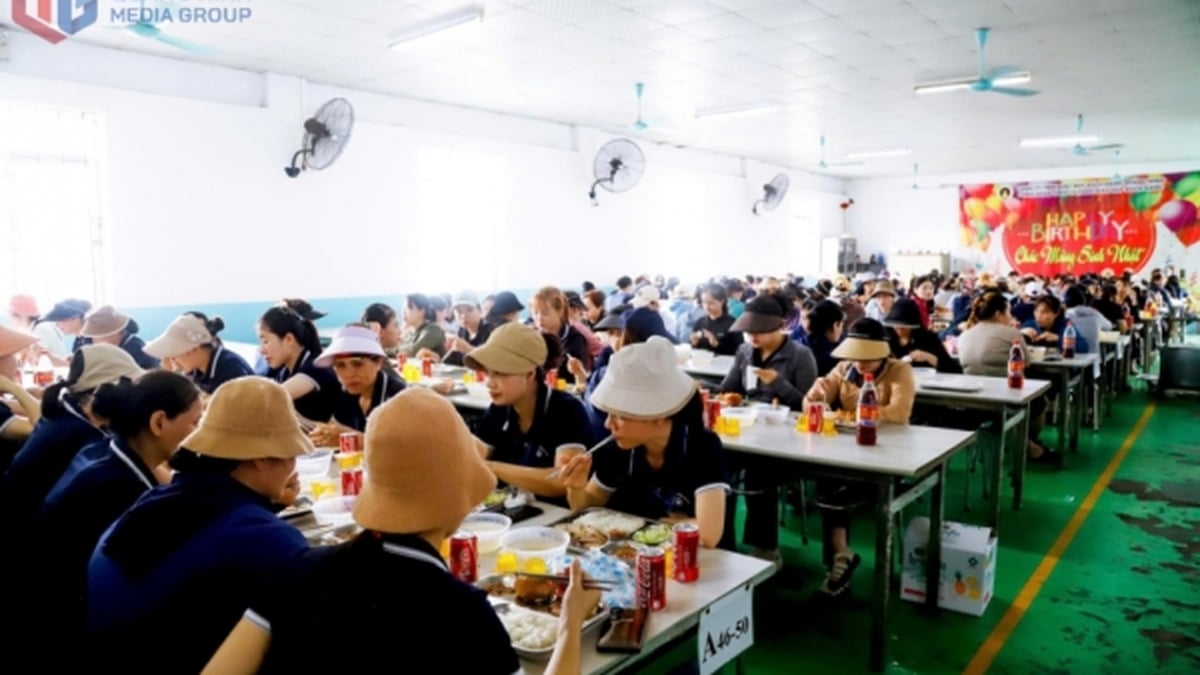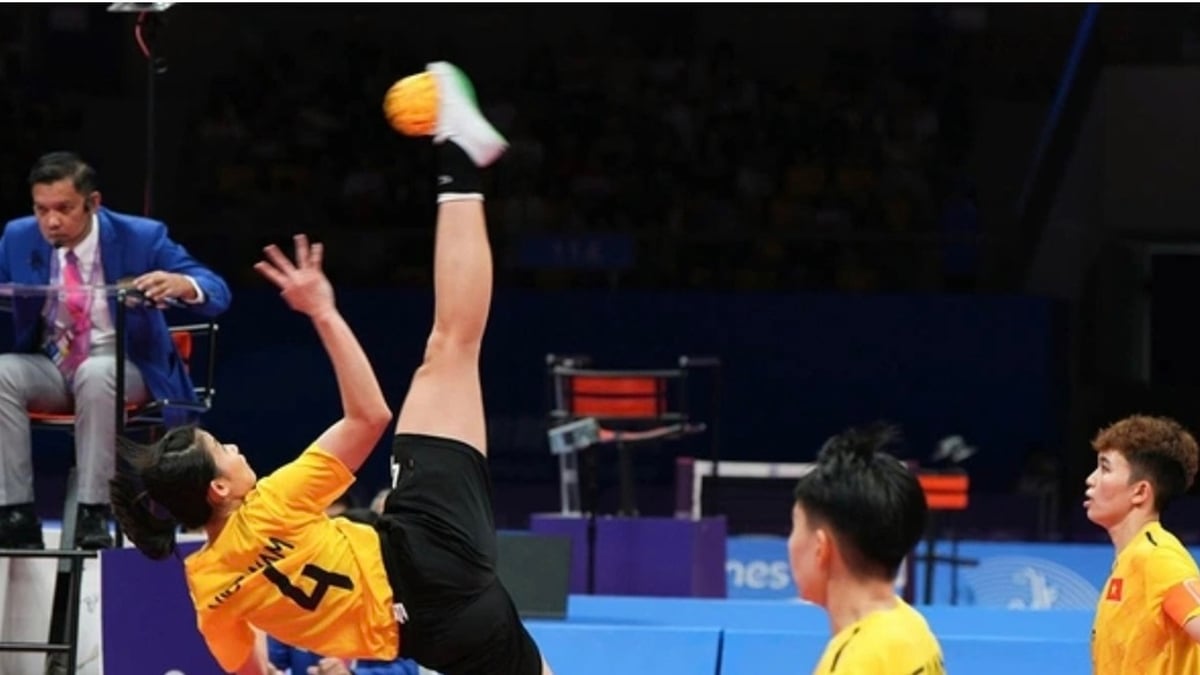
It is advisable to stop a sedentary lifestyle and add more physical activity to your daily routine in a safe and healthy way to reduce the risk of blood clots - Photo: FREEPIK
According to Parade , blood clots are actually a normal part of how the body functions. Life-threatening problems arise when clots form abnormally inside blood vessels, or when they break off and travel to other parts of the body.
Dr. Danielle Belardo, a preventive cardiologist in Los Angeles (USA), warns people to stop their sedentary lifestyle and add more physical activity to their daily routine in a safe and healthy way.
"Maintaining a healthy lifestyle and regular muscle movement helps keep blood circulating, and reduces the risk of blood clots forming," says Dr. Belardo.
Similarly, cardiologist Mohanakrishnan Sathyamoorthy, MD, chief of internal medicine at Texas Christian University Burnett School of Medicine, adds that exercise is important for muscle tone, which helps prevent stasis, which is a major cause of blood clots.
Other symptoms of a blood clot, according to Dr. Belardo, include coughing up blood, a rapid heartbeat, feeling lightheaded, having trouble breathing, having chest pain or pressure, or noticing swelling, a feeling of warmth, or changes in skin color, especially in the hands or feet.
Dr. Sathyamoorthy adds that swelling on one side of the body, appearing suddenly, usually in the calf and accompanied by pain or discomfort, especially when flexing the muscle, is a sign you should pay attention to.
Staying active is one of the most important things you can do to prevent blood clots, especially if you have a sedentary job or regularly take long flights without getting up and moving around. Walk around the cabin every few hours on long flights to help keep your blood circulating.
Even if you’re not flying, it’s important to find ways to incorporate movement and exercise into your daily routine in ways that are feasible and appropriate. For some people, this may simply mean taking the stairs instead of the elevator, or going for a walk with a friend.
Other ways to help prevent blood clots
Keep your body hydrated
Staying hydrated, especially in hot weather, is important to avoid your blood becoming thicker, which increases your risk of blood clots. Ask your doctor how much water you should drink each day and make sure you get enough.
Understand the risk factors
As with many health issues, it's important to understand your risk factors. According to the American Heart Association, some risk factors for blood clots include obesity, diabetes, pregnancy, older age, lack of exercise, and smoking.
See a doctor
When in doubt, it is best to consult your doctor. There are simple, non-invasive tests to diagnose deep vein or arterial blood clots, and there are effective medications to treat them safely.
Source: https://tuoitre.vn/thoi-quen-pho-bien-lam-tang-nguy-co-hinh-thanh-cuc-mau-dong-20250726145723564.htm


































































































Comment (0)